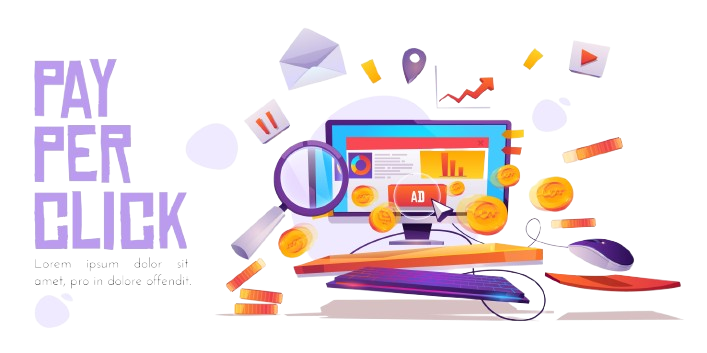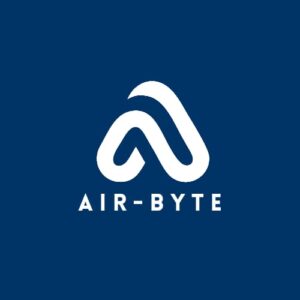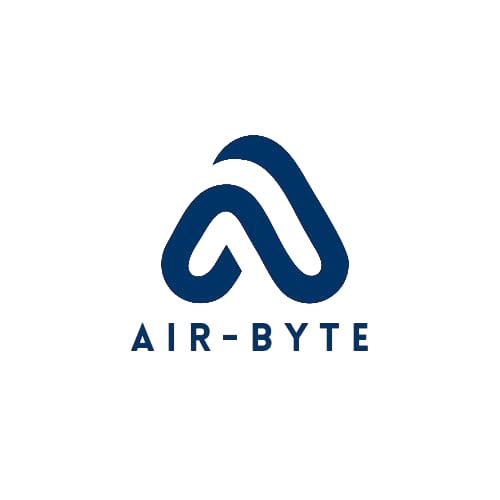Pay-Per-Click Advertising (PPC)
- Google Ads Management: Campaign setup, keyword targeting, bid management.
- Social Media Ads: Facebook, Instagram, LinkedIn ad campaigns.
- Retargeting: Strategies to re-engage website visitors.

Pay-Per-Click Advertising (PPC)
Pay-Per-Click Advertising (PPC) is an online advertising model where advertisers pay a fee each time their ad is clicked. It is a form of digital marketing that allows businesses to drive traffic to their websites by paying for placements on search engines, social media platforms, or other websites. PPC is often associated with search engine advertising but can also extend to display ads and social media campaigns.
Key Aspects of PPC Advertising:
Ad Networks:
- The most popular platform for PPC advertising is Google Ads, where ads appear on Google’s search engine results page (SERP) or across the Google Display Network.
- Other platforms, such as Bing Ads, Facebook Ads, LinkedIn Ads, and Instagram Ads, also offer PPC options.
Auction-Based System:
- PPC works through an auction system. Advertisers bid on keywords or target audiences. When a user performs a search or engages with content related to these keywords or interests, the ad may be shown.
- The auction is based on a Quality Score (for search engines) and a bid amount. The bid is the maximum amount the advertiser is willing to pay for a click on their ad.
Keywords:
- In search engine PPC, advertisers target specific keywords or phrases relevant to their product or service.
- For example, a company selling shoes might target keywords like “buy running shoes” or “best sports shoes online.”
- The relevance of these keywords affects the ad placement.
Ad Formats:
- Text Ads: Common in search engine PPC campaigns, with a headline, description, and a link to the landing page.
- Display Ads: These are graphical ads displayed on websites that are part of the display network.
- Video Ads: For platforms like YouTube, where ads play before, during, or after videos.
- Shopping Ads: Product ads with images, prices, and descriptions, typically shown in Google Shopping or Bing Shopping.
Targeting Options:
- PPC allows for highly targeted advertising. Marketers can refine who sees their ads by:
- Demographics: Age, gender, location, etc.
- Interests: Based on browsing behavior, search history, or online activity.
- Device Type: Ads can be shown based on whether users are on mobile devices, desktops, or tablets.
- PPC allows for highly targeted advertising. Marketers can refine who sees their ads by:
Ad Budget:
- Advertisers set daily or campaign-level budgets to control how much they spend. This ensures they don’t exceed their advertising budget while maximizing reach.
Landing Pages:
- The ad will direct users to a landing page, which is a web page designed to convert visitors into leads or customers. The design and relevance of the landing page play a crucial role in improving conversion rates.
Conversion Tracking:
- PPC platforms provide analytics to track the effectiveness of campaigns, including:
- Click-through rate (CTR): The percentage of users who click on an ad after seeing it.
- Cost-per-click (CPC): The average amount spent for each click.
- Return on investment (ROI): The amount of revenue generated for every dollar spent.
- PPC platforms provide analytics to track the effectiveness of campaigns, including:
Advantages of PPC:
- Immediate Results: Unlike organic methods (like SEO), PPC can drive traffic to your website as soon as the campaign goes live.
- Targeted Reach: You can tailor ads to specific user demographics, interests, or behaviors.
- Scalability: You can increase your budget as you see successful results, scaling the campaign to maximize growth.
- Measurable ROI: Detailed analytics allow for optimization, providing insights on what’s working and what isn’t.
Disadvantages of PPC:
- Costly for Competitive Keywords: Highly competitive industries (like insurance or finance) can drive up the cost per click.
- Ongoing Investment: PPC requires continuous funding to maintain traffic, unlike organic methods that can have long-term benefits.
- Learning Curve: To be successful, you need a solid understanding of keyword research, bid management, and ad copywriting.
In conclusion, PPC advertising is a powerful tool for businesses looking to drive traffic, generate leads, and increase sales. When managed properly, it can provide a high return on investment and help a company stay visible in a competitive market.

